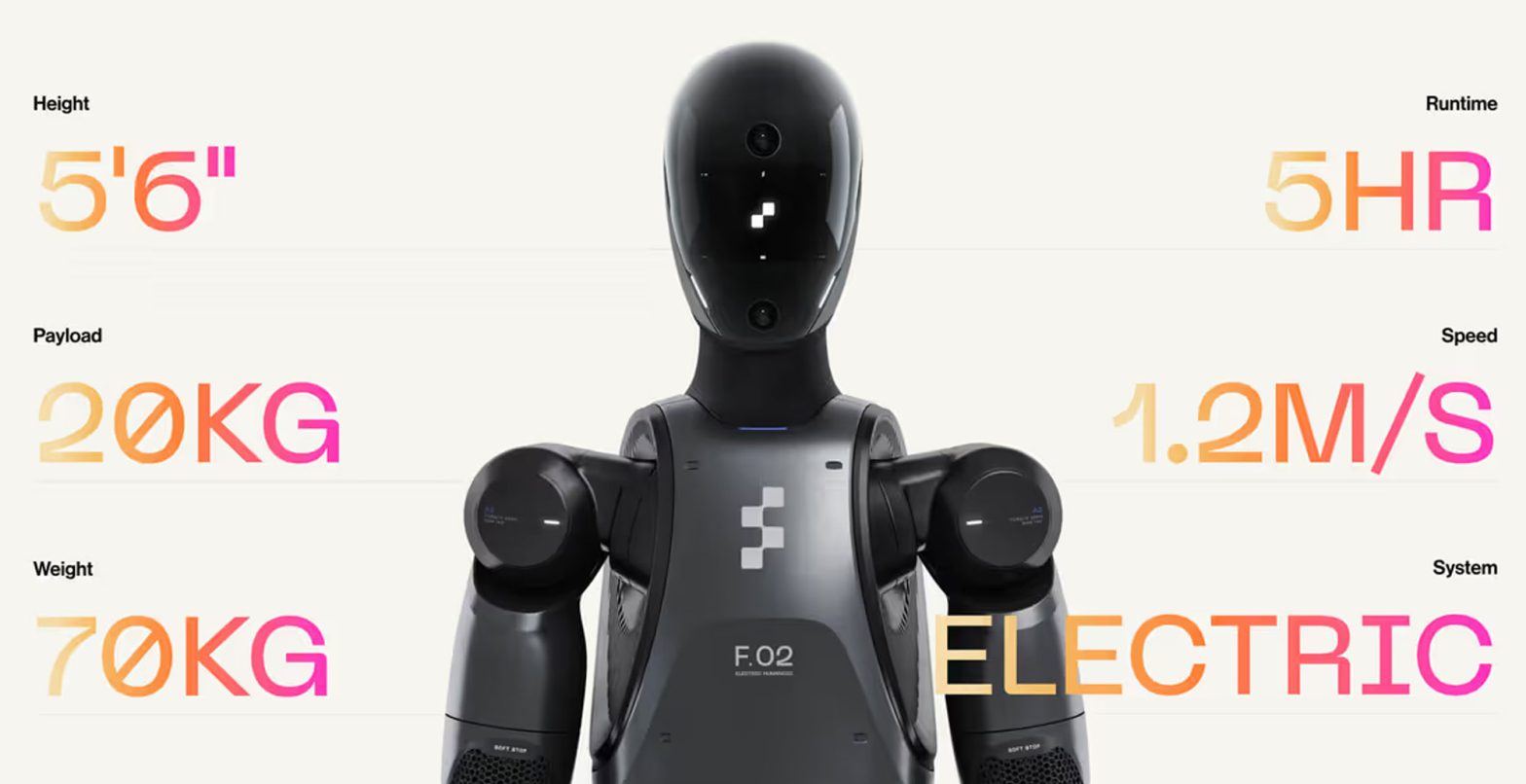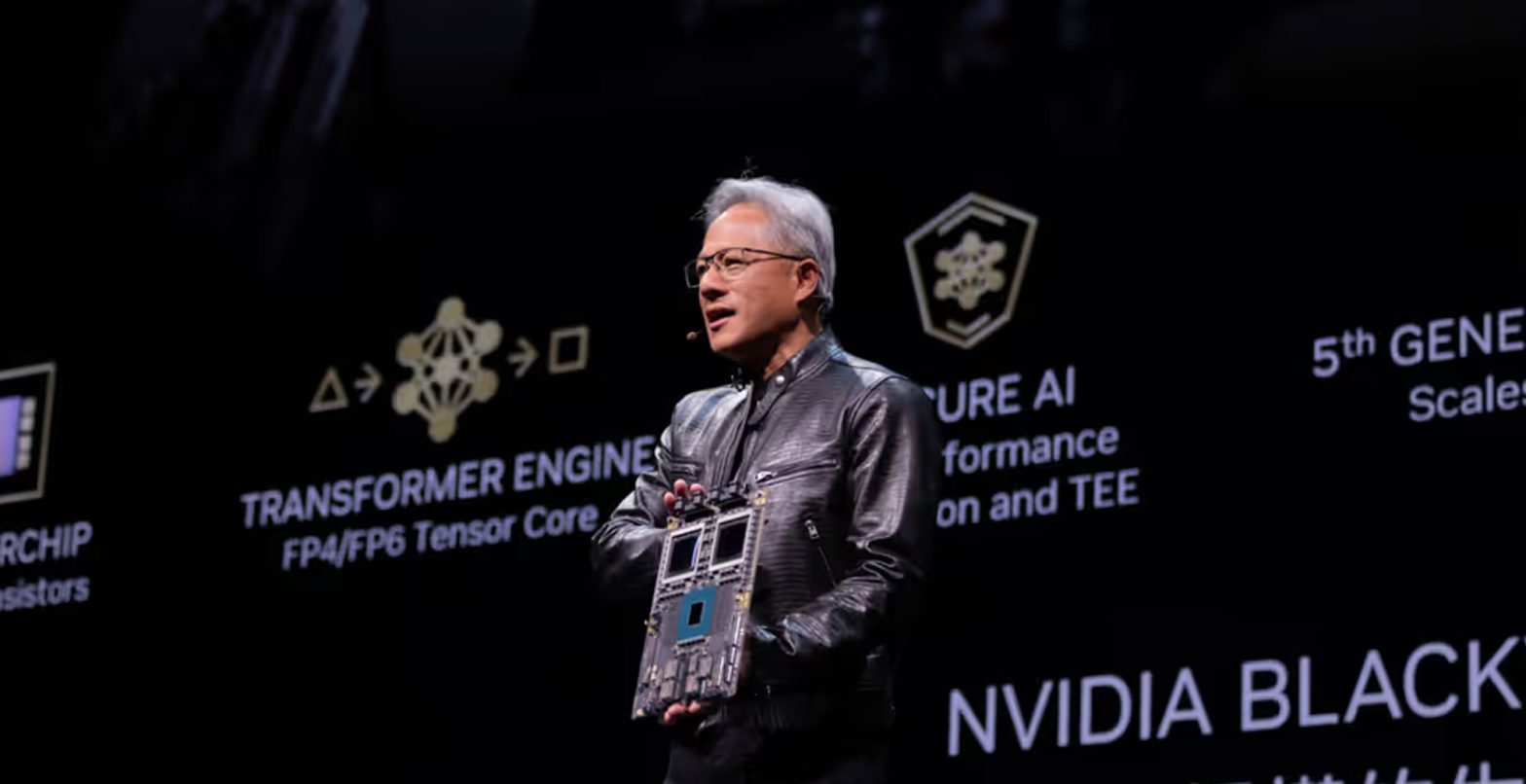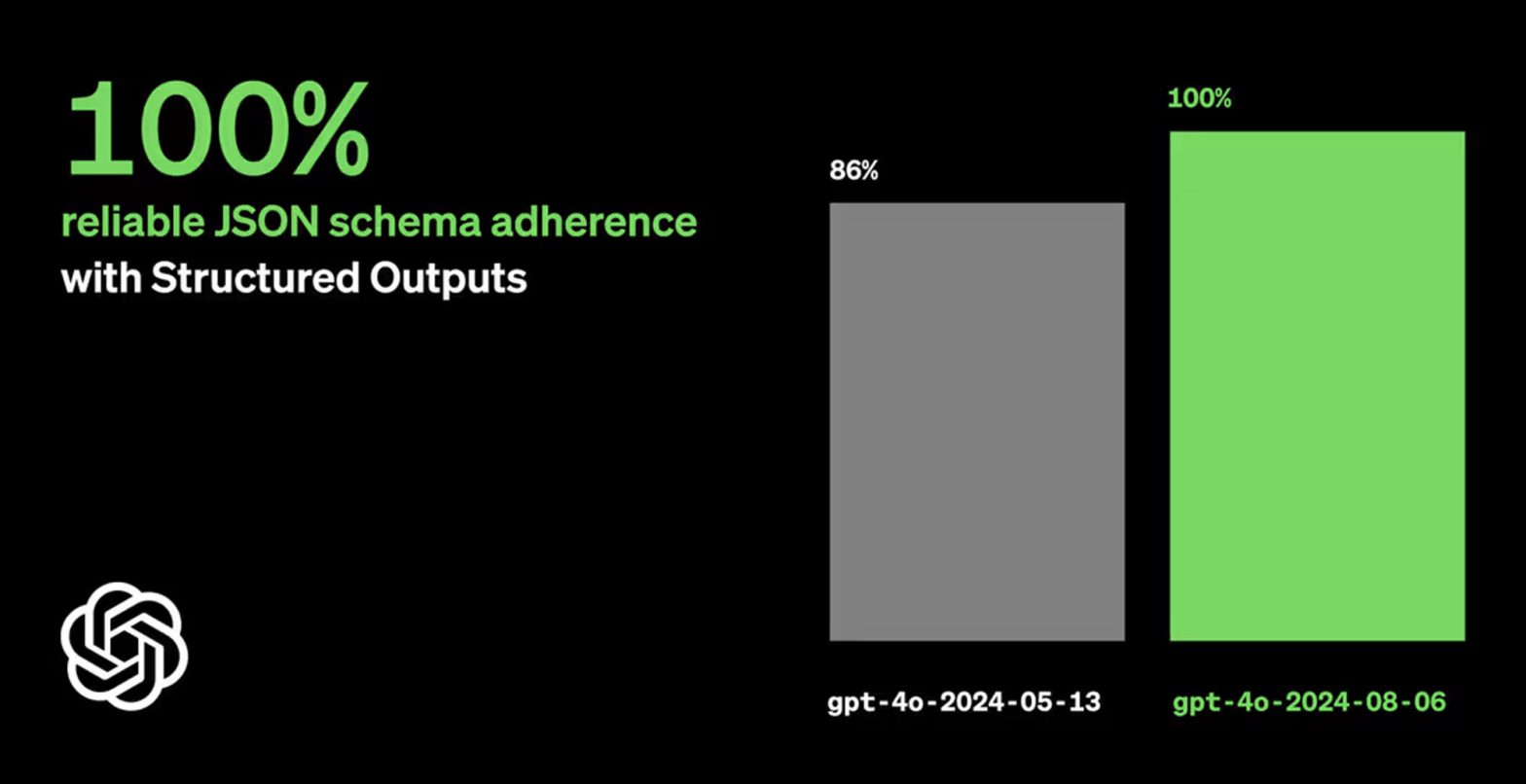Figure, the AI robotics company, has launched its latest humanoid robot, Figure 02, setting a new benchmark in the field of autonomous robotics. This second-generation humanoid boasts significant improvements over its predecessor, with enhanced AI capabilities and hardware upgrades.
Standing at 5’6″ and weighing 60kg, Figure 02 is designed to operate in human environments. It can carry payloads up to 20kg and operate for 5 hours on a single charge. The robot’s electric system allows it to move at speeds of up to 1.2 meters per second.
CEO Brett Adcock highlighted key advancements, including a 50% increase in battery capacity and triple the onboard computing power. “Figure 02 represents the pinnacle of our engineering and design efforts. By combining the dexterity of the human form with cutting-edge AI, we are taking a significant step towards enhancing human capabilities and improving quality of life,” Adcock stated.
One of the most notable features is the robot’s ability to engage in natural speech conversations, powered by custom AI models developed in partnership with OpenAI. This capability is supported by onboard microphones and speakers, allowing for seamless human-robot interaction.
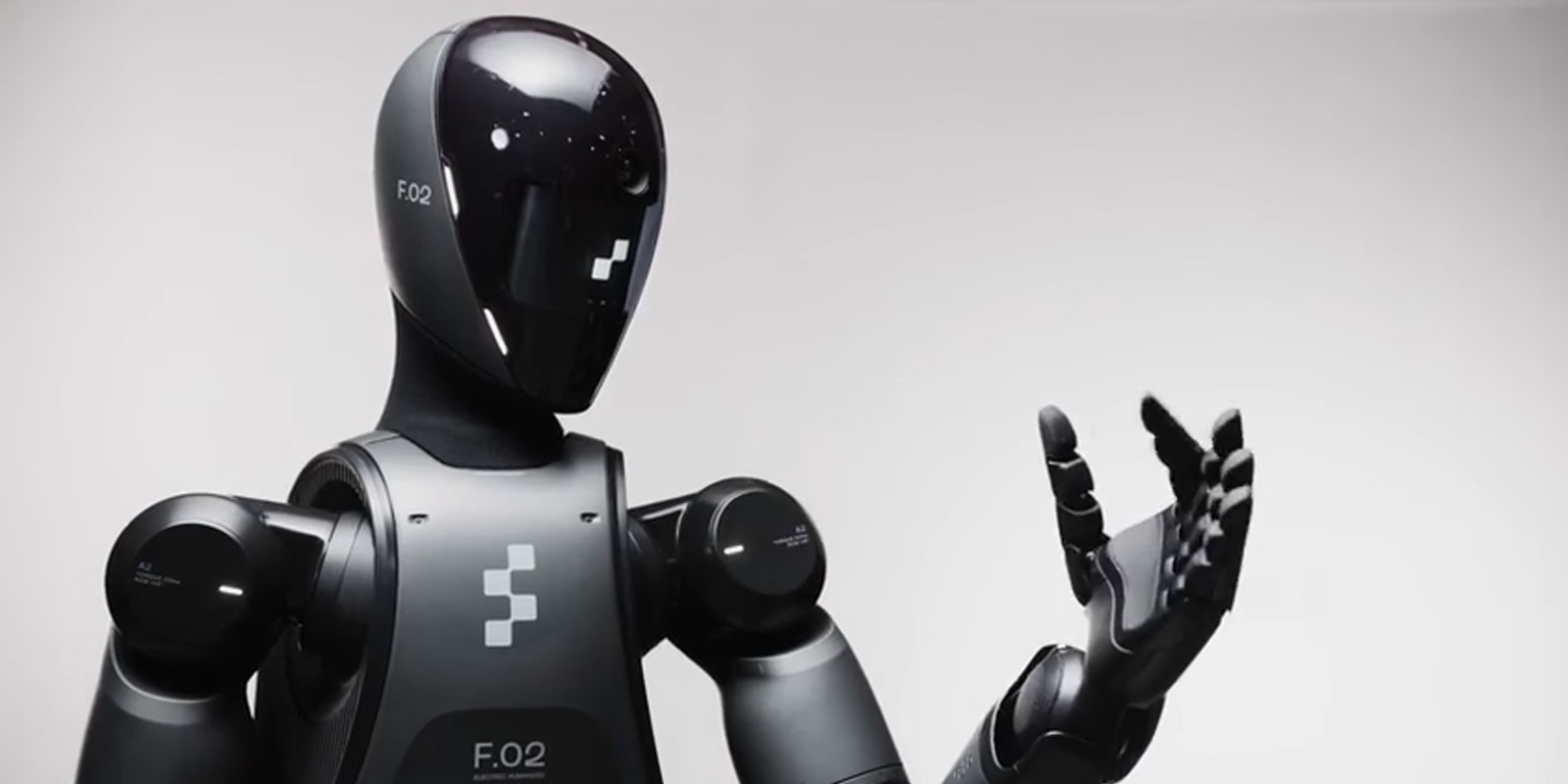
The robot’s visual perception has also been enhanced with six RGB cameras and an onboard vision language model, enabling fast visual reasoning. Figure 02’s hands have been upgraded to a fourth-generation design with 16 degrees of freedom, mimicking human dexterity.
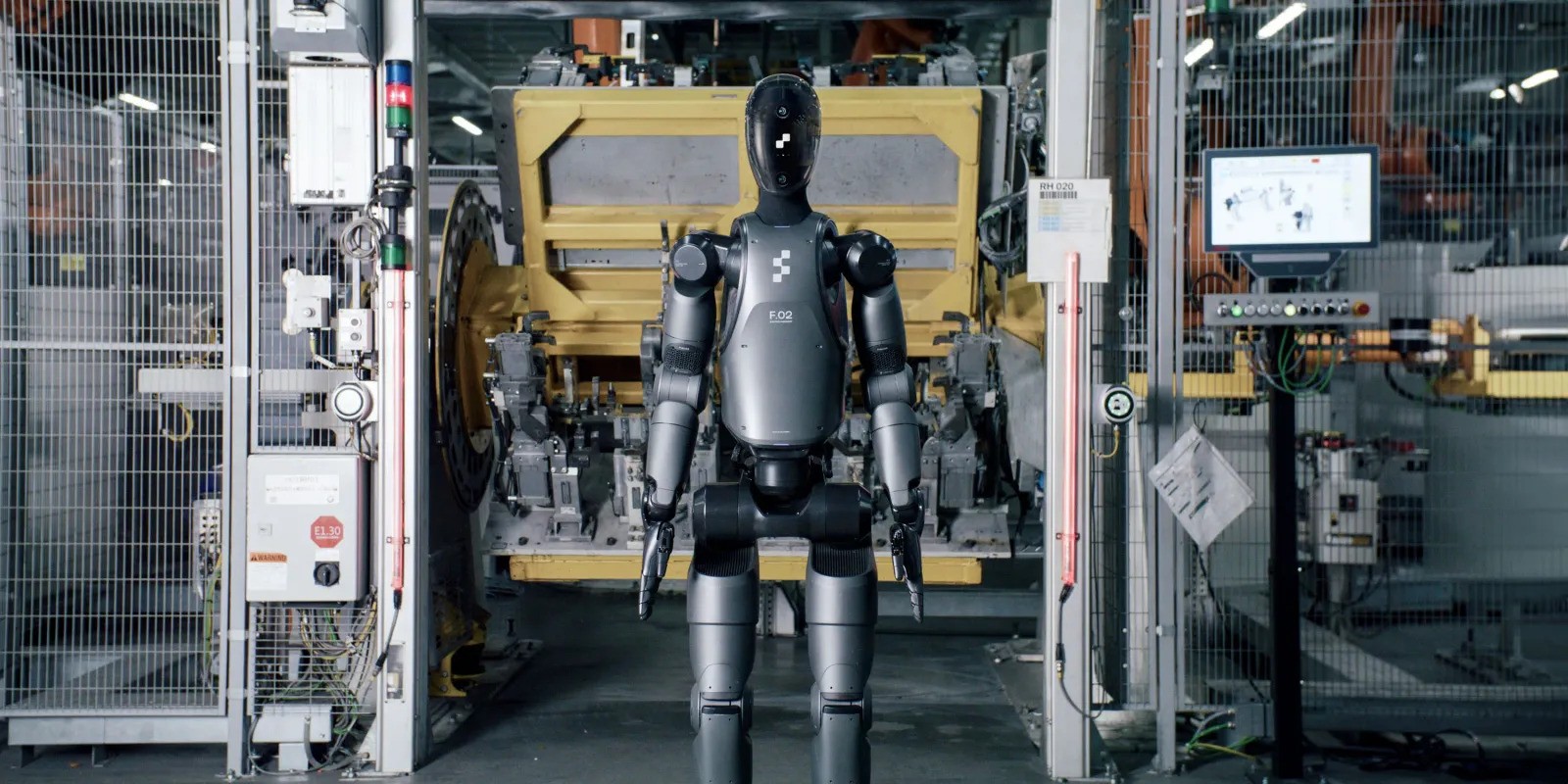
Figure 02 has already been tested at BMW Manufacturing, where it demonstrated its ability to autonomously perform AI data collection and training tasks. These trials are part of Figure’s broader strategy to deploy humanoid robots in real-world settings, enhancing productivity and efficiency.
Figure’s ongoing partnership with OpenAI and recent $675 million Series B funding round, which included investments from tech giants like Microsoft, Amazon, Nvidia, and Intel Capital, underscore the industry’s confidence in Figure’s vision. The company aims to expand the robot’s use beyond commercial environments to potentially include home applications in the near future.
However, the startups’s advancements come amid a growing rivalry in the humanoid robot space. Companies like Tesla, Boston Dynamics, Apptronik and 1X are all vying to develop next-generation robots that can seamlessly integrate into our lives.



